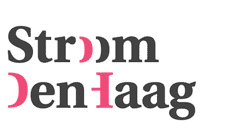Mark Handforth
The British artist Mark Handforth (1969) prefers to derive his work
from objects and elements in public space, like lampposts, traffic
signs or fluorescent lights. Sometimes he uses them as ready-mades, in
other instances he creates an exact replica. There is always some
sophisticated transformation going on, testing the viewer's perception.
The seemingly destructive interventions give Handforth's sculptures a
subversive quality. Are they the aesthetic celebration of the results
of vandalism, of unrestrained commercialization, of decay, in short: of
the ‘Verelendung' of public space?
Handforth focuses on failures: the breakdown of modernism (both the
art-historical phenomenon and the actual objects themselves), the
transience of the utopian dream, dilapidated structures, expressions of
well-intended urban planning. Just like Robert Smithson, who in the
sixties used the language of Minimalism to describe the ruins and
garbage heaps in the American cities as pieces of art, Handforth
identifies the corroded elements of the urban environment as sculptures.
Mark Handforth's work refers to ‘minimal art', not only in its actual
appearance, but also in ‘purpose', making the viewer conscious of both
the object and the spaces it resides in and refers to. The work is
closely linked to that of an artist like Carl Andre. The exhibition of
Mark Handforth can be regarded as a follow-up to the farewell
exhibition last January of Lily van Ginneken, Stroom's former director.
In this exhibition she showed early works by Carl Andre, consisting of
casual arrangements of materials Andre had found on construction sites
in The Hague. Through simple means Handforth, too, draws the exterior
space into the exhibition space; thus public space becomes manifest,
both as a physical and as a social phenomenon.
Mark Handforth was born in Hong Kong, grew up in London and lives and
works in Miami. He studied at the Slade School of Fine Art in London
and at the Staatliche Hochschule für Bildende Kunste/Städelschule in
Frankfurt.
The exhibition at Stroom Den Haag features two large, new works and is
the first presentation of Mark Handforth's work in The Netherlands. In
Europa he had solo exhibitions at The Modern Institute (Glasgow), Le
Consortium (Dijon) and Kunsthaus Zürich.
Courtesy: Gavin Brown's enterprise, New York.
- 23 Oct '05 - 04 Dec '05
- Hogewal 1-9, The Hague
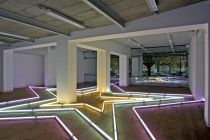
photo: Rob Kollaard
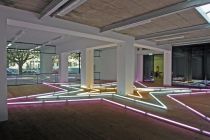
photo: Rob Kollaard, courtesy Stroom Den Haag
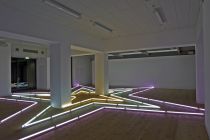
photo: Rob Kollaard, courtesy Stroom Den Haag
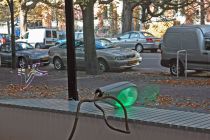
photo: Rob Kollaard
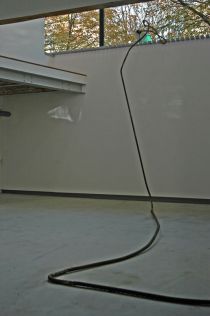
photo: Rob Kollaard, courtesy Stroom Den Haag
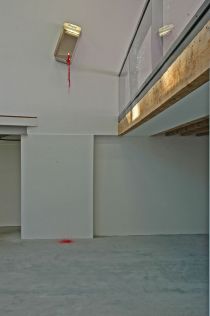
photo: Rob Kollaard, courtesy Stroom Den Haag
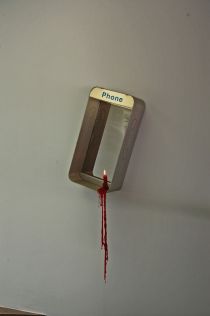
photo: Rob Kollaard, courtesy Stroom Den Haag

















